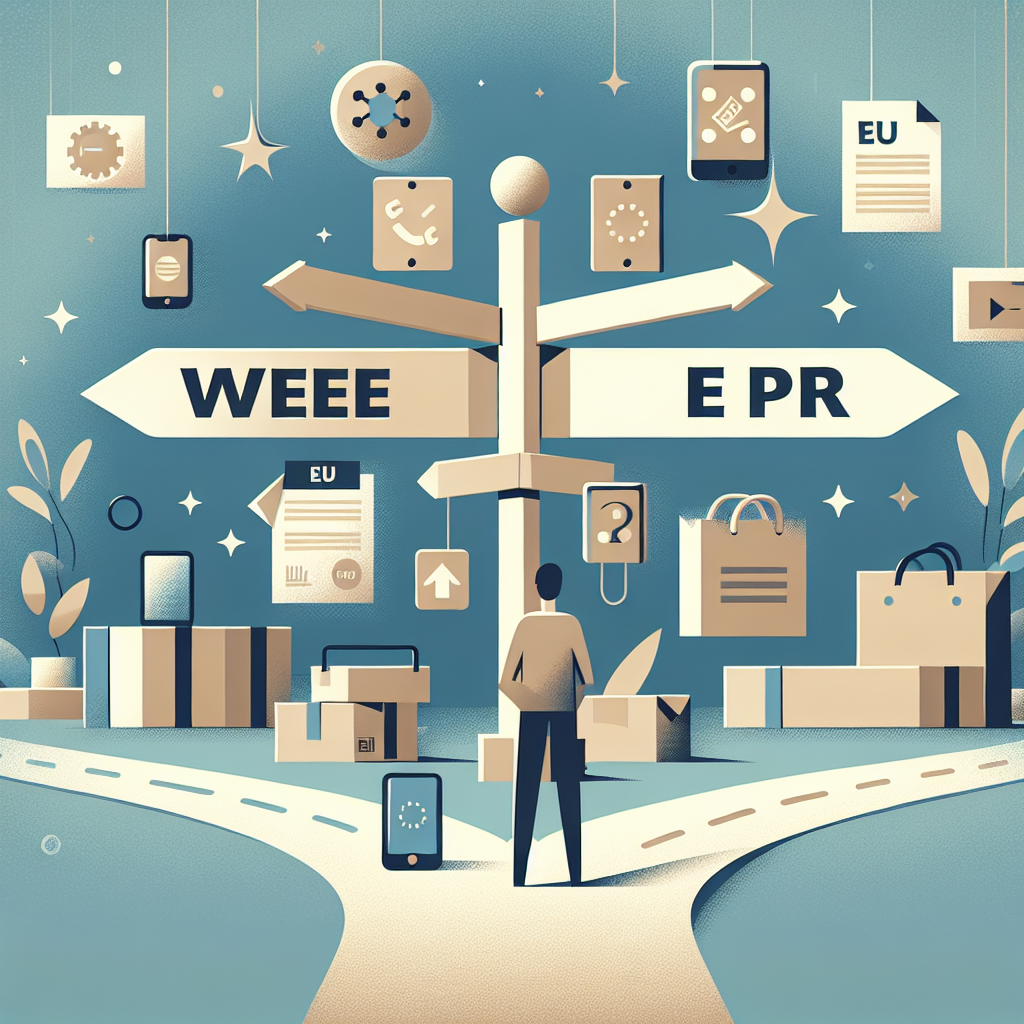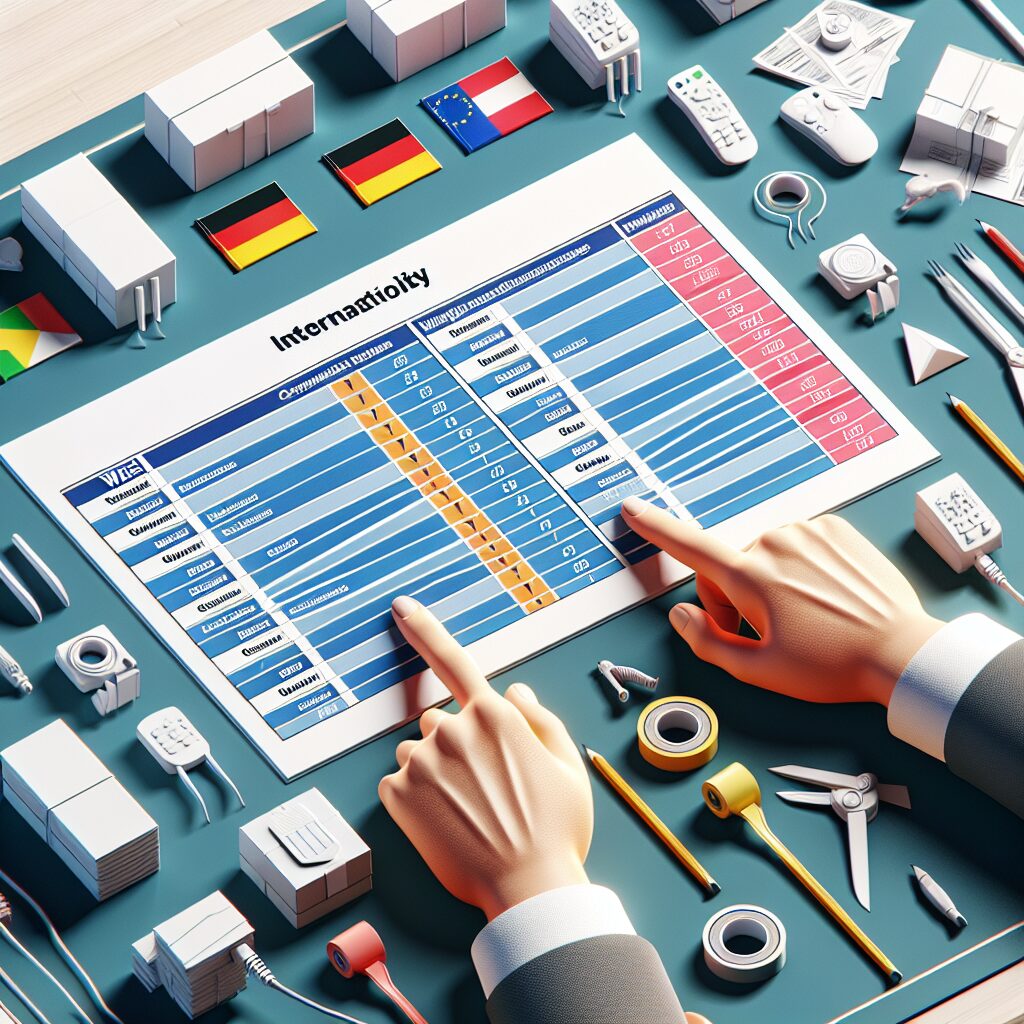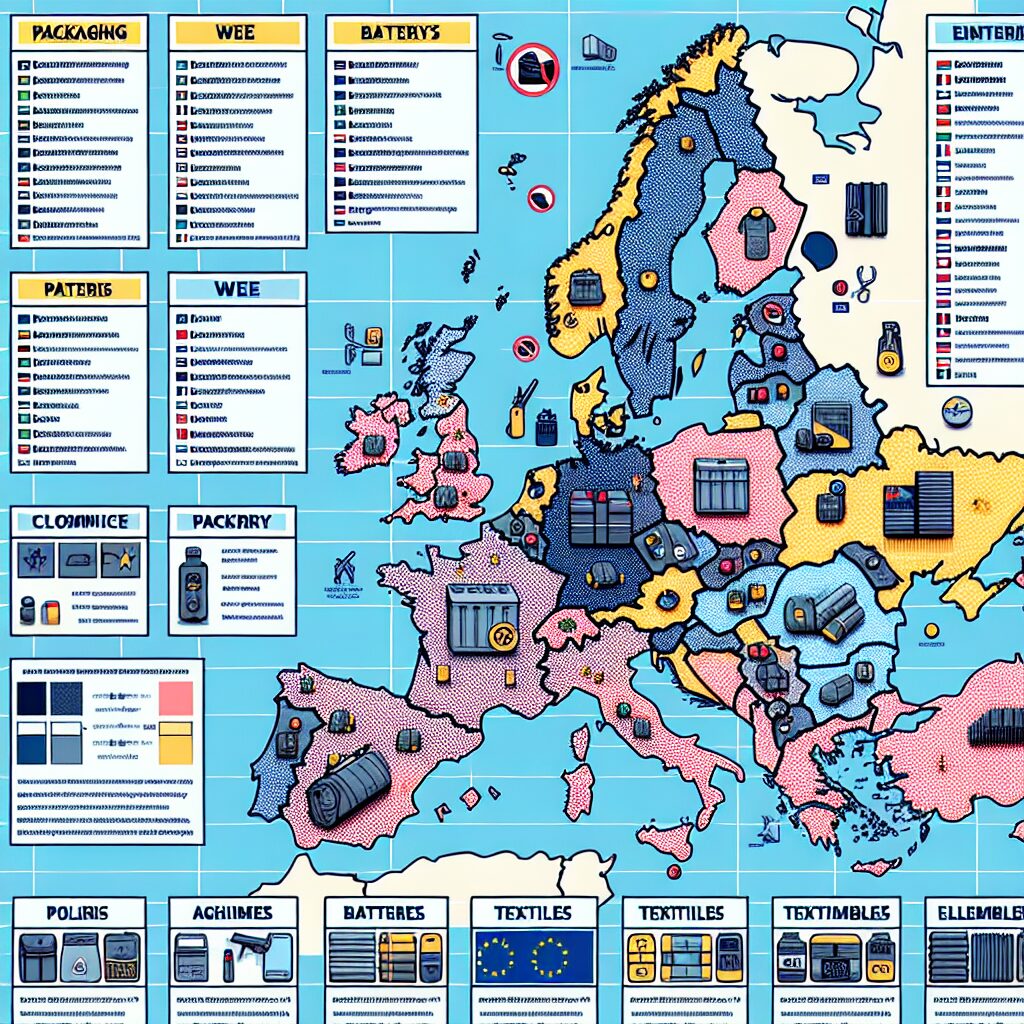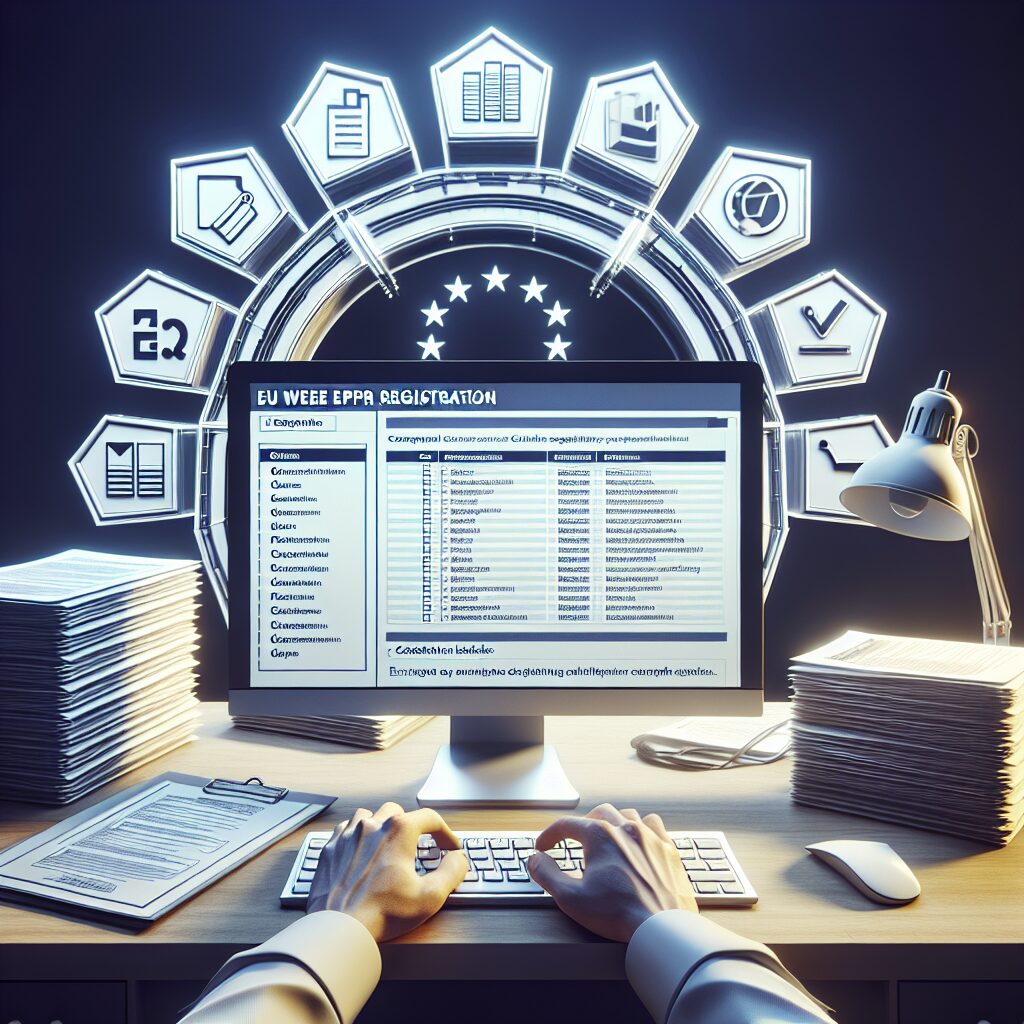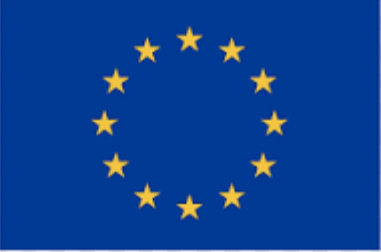About eldris
epr.eldris.ai leads the EPR sector, in fast, automated, AI Agent EU Complaince. LUCID Packaging, WEEE, and Battery Compliance for Brands, E-Commerce and Service based businesses expanding into the EU.
In This Article
- WEEE Compliance covers electrical/electronic products, while Packaging EPR covers materials like cardboard and plastic
- Both frameworks require formal registration in every participating EU country
- Amazon mandates PRN submission or enforces compliance fees on sellers
- Decision trees help sellers determine their obligations clearly
- National regulations and deadlines vary widely—plan appropriately
- Automation tools can greatly reduce reporting burdens and risk
Understanding WEEE Compliance in the EU
What is the WEEE Directive?
The term WEEE Compliance refers to adherence to the Waste Electrical and Electronic Equipment Directive, a piece of European Union legislation introduced to ensure environmentally sound disposal and treatment of electrical and electronic waste. Established in 2003 and most recently recast in Directive 2012/19/EU, the WEEE Directive aims to minimise environmental impact by promoting reuse and recycling of e-waste. Responsibility for the entire product lifecycle—right from production to post-consumer disposal—now lies with the producers themselves.
The EU outlines that any business placing EEE (Electrical and Electronic Equipment) onto the European market must register with national WEEE registers and correctly finance collection, treatment, and environmentally sound disposal of these goods. This includes B2B (business-to-business) and B2C (business-to-consumer) products, although compliance requirements may vary.
Failure to achieve proper WEEE Compliance can result in heavy penalties, product bans, or, even worse, being delisted from online marketplaces like Amazon. Therefore, understanding your obligations under WEEE is not just a legal necessity—it’s essential for sustainable and ethical business growth in Europe.

Packaging EPR Explained for Sellers
Who Must Register for Packaging EPR?
Extended Producer Responsibility (EPR) for packaging is another legislative framework that obligates businesses selling packaged goods to fund the collection and recycling of packaging materials in the EU. If you are an online seller—and particularly one involved in cross-border e-commerce—you are likely required to register for Packaging EPR in every EU Member State where your packaged products reach consumers.
This applies not just to physical packaging like cardboard boxes, wrapping plastics, and infill material but also to labelling and any promotional materials included with shipments. In essence, if you’re adding packaging material that will become waste in the destination country, then under EPR rules, you are considered the ‘producer’ and must comply.
Furthermore, the obligation to register is not limited to domestic companies. Foreign sellers, including those on platforms like Amazon, must often appoint an Authorised Representative (AR) in each country to fulfil their EPR and WEEE Compliance obligations. Learn more about EU Packaging & WEEE Compliance
“Sellers must understand that both WEEE and Packaging EPR serve distinct purposes, yet both require formal registration and fee payments in nearly all cases.”
Which Products Trigger WEEE Obligations?
Several product categories typically fall under the remit of WEEE. These include large household appliances, IT and telecommunication devices, lighting equipment, medical devices, monitoring and control instruments, and consumer electronics. Common examples include toasters, televisions, electric scooters, laptops, and smartwatches.
What’s crucial to note is that the Directive is not limited by device size but by functionality and electronic nature. If your product requires an electric current—from a plug or batteries—to function, you’re likely looking at WEEE Compliance obligations.
Importantly, even products like electric toys, headphones, electric toothbrushes, and drones fall under the WEEE scope. If any part of your product contains circuitry or electrical components, it’s advisable to assume WEEE applies until proven otherwise through a professional compliance assessment.
Common Packaging Materials Under EPR Scope
Under Packaging EPR legislation, a wide range of materials are recognised. These include:
- Corrugated board and cardboard boxes
- Plastic wrap, stretch film, and bubble wrap
- Glass jars or bottles used in packaging
- Aluminium foils and metal cans
- Wooden pallets and crates
- Composite packaging materials combining multiple substrates
Even materials that appear insignificant—like labels, stickers, and plastic clips—can contribute to your EPR reporting weight. Compliance means calculating yearly ‘placed on market’ tonnage and ensuring corresponding financial contributions are made to national recycling schemes.
Many sellers fail to account for secondary and tertiary packaging, particularly when repacking goods for shipment. However, these materials are squarely within the scope of packaging EPR and ignoring them can lead to underreporting—which is a significant compliance risk.
How to Use the Compliance Decision Tree
Determining whether your business requires WEEE Compliance or Packaging EPR registration can be complex. To simplify this, many national authorities and compliance service providers offer interactive compliance decision trees.
Steps to Use a Decision Tree Effectively
1. **Identify Your Business Profile**: Are you a manufacturer, importer, or distance seller? Your role influences your obligations.
2. **List your Products**: Gather detailed product descriptions, HS codes, and materials.
3. **Assess Market Activity**: Confirm which EU countries you’re selling into directly or via marketplaces.
4. **Use Official Tools**: Use recognised decision trees provided by compliance authorities or compliance partners to determine exact registration needs.
Discover compliance automation for EU sellers
Amazon EU Sellers: EPR & WEEE Considerations
Amazon has taken proactive steps in requiring sellers to comply with both WEEE and Packaging EPR rules. From 2022 onwards, Amazon demands valid Producer Responsibility Numbers (PRNs) for all requisite categories before you can list items in affected markets like Germany or France.
Failure to provide PRNs will result in account suspension, delisting of products, or restrictions on fulfilment services such as FBA (Fulfilment by Amazon). Amazon may also charge Environmental Fees directly if you do not supply your own PRNs—resulting in reduced margins and loss of control over compliance cost structures.
In light of increasing enforcement tied to the WEEE Compliance framework, sellers on Amazon must urgently review listings and register via official eco-organisations or get assistance from compliance consultants. Read a related article
Producer Responsibility and Registration Flow
Let’s break down a typical process for complying with WEEE and Packaging EPR:
Step-by-Step Registration Flow
- Determine applicable regulations in each selling destination within the EU
- Assess whether your product falls under WEEE, Packaging EPR, or both
- Appoint an Authorised Representative if you’re a non-EU entity
- Select an accredited Producer Compliance Scheme (PCS) or eco-organisation
- Submit required documents: product descriptions, tonnage estimates, revenue
- Obtain a Producer Registration Number (PRN) via authority confirmation
- File annual or quarterly declarations with relevant data
Remember, registration is not a one-time task. Compliance involves ongoing data reporting, audits, and potential on-site inspections from enforcement bodies. Automation, internal training, and strong record keeping are highly recommended.
EPR Deadlines and National Regulations
Each country in the European Union has unique deadlines and registration requirements for WEEE and Packaging EPR. For example:
- Germany (ELEKTROG & VerpackG): Register before selling products via Stiftung EAR and LUCID portals.
- France: Register with eco-organisations such as Ecologic (WEEE) and Citeo (Packaging), often requiring annual upstream registration and fee prepayment.
- Italy and Spain: Require local fiscal representation and language localisation for compliance documents.
Not adhering to national deadlines or missubmitting foreign documentation can result in costly delays and enforcement actions.
Timelines often range from 2–8 weeks post-submission before registration is active, so last-minute registrations before Q4 season are discouraged. Start early and consult local experts if uncertainty exists.
Automation Tools for Compliance
To streamline WEEE Compliance and EPR reporting in all EU territories, businesses should invest in purpose-built automation tools. These platforms typically offer:
- Multi-country compliance management dashboards
- Automated PRN generation and tracking
- SKU-based material reporting
- Automated filling of annual declarations
- Real-time alerting on rule changes
Popular platforms include SAP EPR Manager, ECO-Compliance Software, and cloud-based ERP integrations. Automation can help reduce clerical errors, mitigate risks, and demonstrate due diligence during audits.
Final Compliance Checklist for EU Sellers
To wrap up, ensure the following checklist is actioned thoroughly to avoid compliance gaps:
- ✅ Conduct a full product audit for WEEE and EPR applicability
- ✅ Register in all target EU countries via recognised channels
- ✅ Appoint Authorised Representatives where required
- ✅ Maintain registration numbers and submit timely reports
- ✅ Use suitable automation tools for data processing
- ✅ Stay aware of individual country deadlines
- ✅ Train internal teams on WEEE and EPR obligations
Conclusion: Stay Ahead of Compliance in 2024+
[CONCLUSION_CONTENT]
As the EU continues to prioritise environmental sustainability, the scope and enforcement of regulations like WEEE Compliance and Packaging EPR will only intensify. For sellers, especially those leveraging online marketplaces or cross-border strategies, proactive measures are not optional—they’re foundational to continued trade in the region. Don’t delay your compliance planning. Begin gathering data, speaking to compliance partners, and implementing automation solutions. Making compliance a core pillar of your operations today will safeguard your business for years to come.
Great guide on weee-vs-packaging-epr-what-sellers-must-register-in-eu-interactive – Community Feedback
What are the requirements for the WEEE Directive?
The WEEE Directive requires producers to design recyclable electronic products and mandates registration and reporting of EEE quantities placed on the market, collected, recycled, and recovered. Registration in producer compliance schemes is often required.
What is the EPR regulation for packaging?
Packaging EPR is a policy that makes producers responsible for their packaging waste throughout its lifecycle, obliging data reporting and the management of packaging waste across the EU.
What is the WEEE regulation in Europe?
The European WEEE Directive sets collection, recycling, and recovery targets for electrical goods, requiring countries to meet minimum rates for recycling electronic waste annually.
Is EPR mandatory in the EU?
Yes, EPR regulations are mandatory for all European countries, with national laws required by 2025 for compliance.


